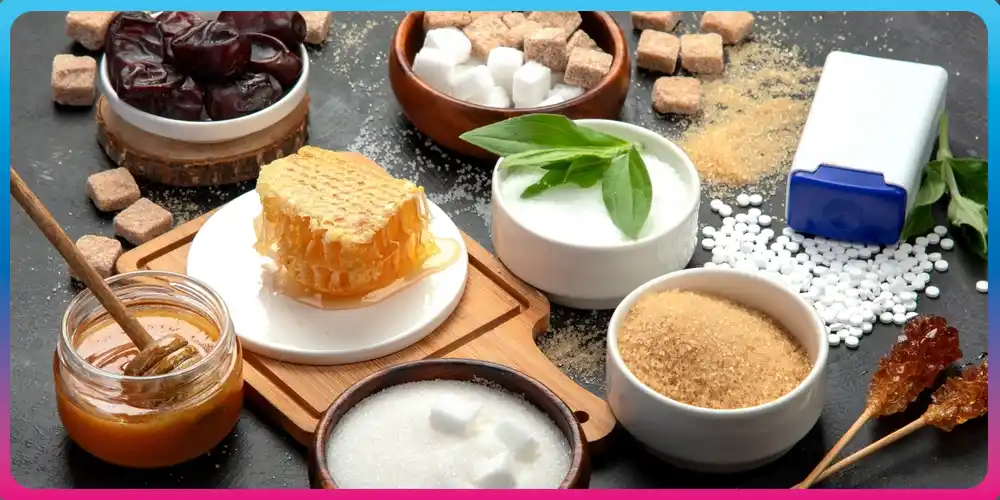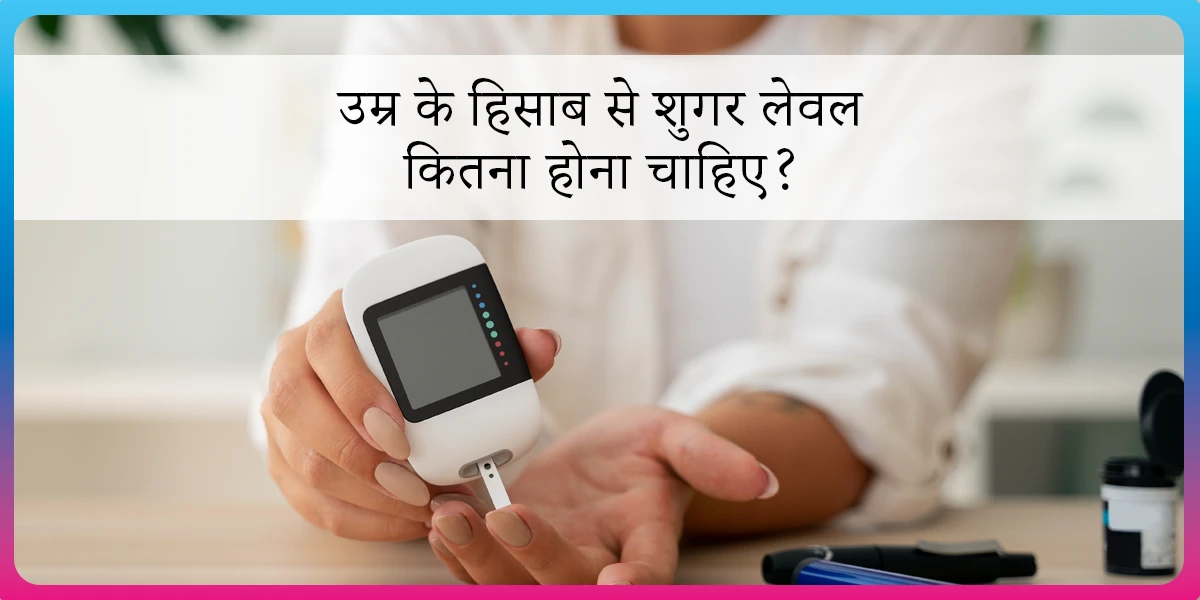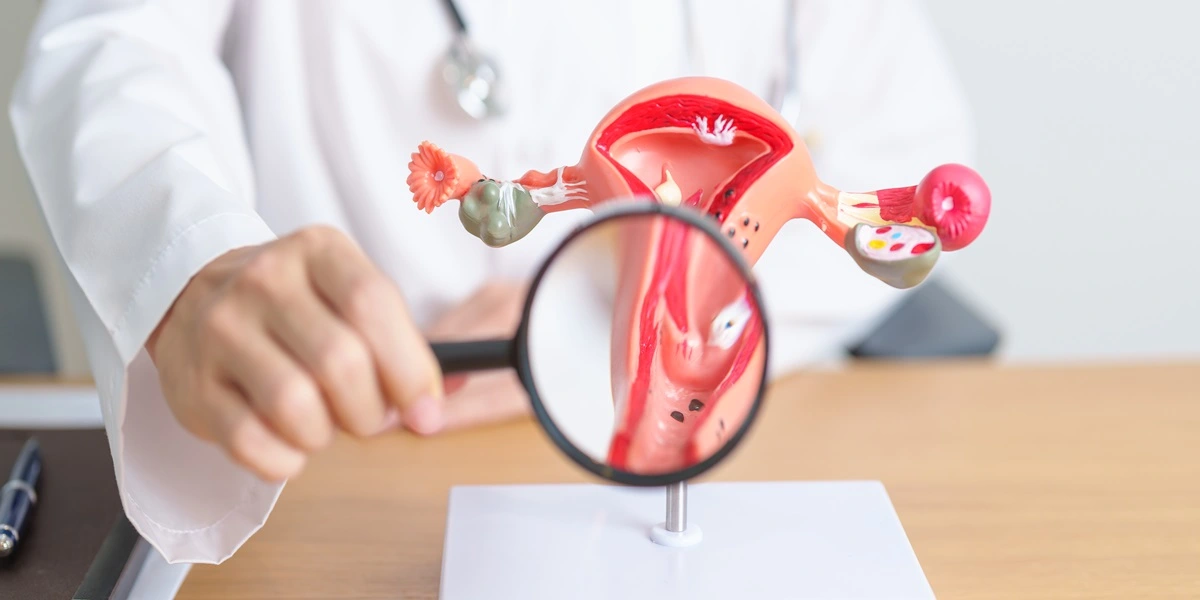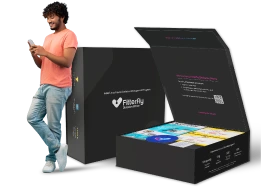From Sweet to Smart: The Guide to Sugar Substitutes for Diabetes

People with diabetes often crave sweetness in their meals. Thankfully, modern food and nutrition science offers many sugar substitutes, such as artificial sweeteners. These alternatives can help satisfy your sweet tooth without causing blood sugar spikes or adding extra calories.
However, according to WHO, non-sugar sweeteners don’t help with weight loss and might even increase the risk of type 2 diabetes and heart disease in people without diabetes. So, if you do not have diabetes, consuming artificial sweeteners as a replacement for your regular sweeteners is NOT advisable. But do remember that even if you do not have diabetes, you should avoid or limit sugar consumption of any type.
Despite these concerns, people with diabetes can still make their food taste great. In this blog, you will learn about artificial sweeteners, their types, and natural sugar substitutes. Read on!
What are Sugar Substitutes for People with Diabetes?
Sugar substitutes, also known as artificial sweeteners, mimic the taste of sugar without increasing the calorie content.
These sweeteners are basically the chemical compounds produced in a lab and offer sweetness similar to sugar while possessing minimal to zero calories.
Because artificial sweeteners do not impact blood sugar levels, they are particularly beneficial for people with diabetes. They can help reduce overall calorie intake and support weight management. However, using them in moderation is important, as they are much more potent than regular sugar.
Artificial sweeteners are available in various forms, including powder, liquid, and granules, making them easy to incorporate into your diet.
Now let’s take a look at what are the types of artificial sweeteners that a person with diabetes can consume.

What are the Types of Artificial Sweeteners for People with Diabetes?
A few prevalent examples of such artificial sweeteners are:
- Aspartame
- Saccharin
- Sucralose
- Acesulfame potassium
Also known as non-nutritive sweeteners (NNS), they add no nutritional value to your food. They are common in daily store-bought “lite food or diet foods” like yogurt, bakery items, chewing gums, breakfast cereals, frozen desserts, puddings, mishti doi, lassi, beverages like soft drinks, and some diet-based drinks, traditional Indian sweet treats like barfi and halwa, etc. You will often find a combination of sweeteners, both NNs and low-calorie ones, in them. Such combinations give the exact taste, or ‘mouth-feel’ when you have these foods.
Please note that artificial sweeteners shouldn’t be considered a better or healthier alternative than sugar. Rather, see them as a low-calorie alternative to sugar.
What are the Types of Natural Sweeteners for People with Diabetes?
Natural sweeteners, which have fewer calories than standard sugar, are derived from fruits or botanical sources.


These substitutes can easily take the place of sugar. Some, like erythritol, xylitol, inulin, and allulose, have calories. However, stevia and monk fruit do not. Here is a list of commonly used natural sweeteners:
- Stevia*
- Monk Fruit Extract
- Erythritol
- Xylitol
- Inulin
- Allulose
*According to the FDA, high-purity stevia extracts are safe to consume for people with diabetes.
These sweeteners provide a calorie-conscious way to satisfy your sweet craving.
The WHO recommends that instead of using non-sugar sweeteners (NSS), people should reduce sugar intake by consuming foods with natural sugars, like fruits, or by choosing unsweetened foods and drinks. NSS have no nutritional value and are not necessary for a healthy diet. It’s beneficial to reduce overall sweetness in the diet from an early age.
To know your chances of Diabetes reversal, take the Diabetes Reversal TestDiabetes Reversal
Calculator
NOTE: Six specific artificial sweeteners, including saccharin, aspartame, sucralose, purified stevia extract, neotame, and acesulfame-K, have received approval from the US Food and Drug Administration (US FDA), confirming their safety for human consumption and classifying them under the Generally Recognised as Safe (GRAS) category.
Another way to categorise them is:
Heat Resistant
These sugar substitutes hold their properties at high temperatures. Thus, they are perfect for cooking and baking. Example: sucralose
Heat Sensitive
These sweeteners react to heat and are perfect for the flavour of your tea or coffee or serving as a tableside dessert. Example: Aspartame
What are the Factors You Should Consider When Choosing a Sugar Substitute?
When selecting a sugar alternative, take into account:
- The heat sensitivity of the substitute depends on your cooking preferences
- Choose as per the taste and flavour of your choice
- Texture is important because some substitutions may change the consistency of your recipe.
- Proportion to control the amount of your sweetness.
- Availability to make sure you can buy them easily
- Cost to fit your monthly budget
What Are the Safety and Side Effects of Sugar Substitutes?
Artificial sweeteners are regarded as safe for consumption because they fall under the US FDA’s GRAS classification. Their low-calorie content can help with diabetes control. However, sugar substitutes alone cannot make cakes, pedas, gulab jamuns, etc. healthy, as these still have sufficient amounts of refined flour, ghee, and butter.
Like with everything else, sugar substitutes for people with diabetes should be taken in moderation.
How We At Fitterfly Can Help You?
Many of us think that using artificial sweeteners is safe if you have diabetes, as they don’t spike blood glucose levels. But it’s important to note that they can actually increase your cravings for sweets, leading you to eat more desserts.
Desserts made with artificial sweeteners often include high-calorie ingredients like mawa, butter, ghee, and maida, which are not good for diabetes management. These sweeteners can also negatively affect gut health and cause metabolic issues. So, it’s better to consume foods with natural sweetness, like fruits, and that too in moderation.
We know that it’s easier to say that’s done, but that’s where Fitterfly comes in. Our expert nutrition coaches provide personalized guidance to help you make the best dietary choices. They create modified diet plans tailored to your needs, incorporating safer and healthier natural sweetener options. With their expertise, you can enjoy everything you love without compromising your health.
If you want to know more about our Fitterfly Diabetes Prime Program, speak to one of our program advisors by just giving a missed call at 08068507599, and we will definitely get back to you.
This blog provides general information for educational and informational purposes only and shouldn't be seen as professional advice.
REVERSED Diabetes in 3 months


Happy members
EMI
Guarantee
4.8/5
Diabetes Prime Program





















